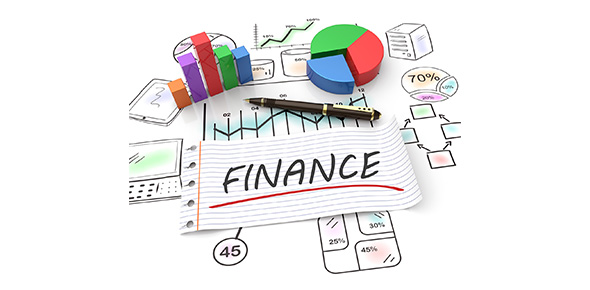Related Flashcards
Related Topics
Cards In This Set
| Front | Back |
|
Cost of Overstocking
|
Co= c-s
|
|
Cost of understocking
|
Cu= p-c
|
|
Managerial levers to improve supply chain profitability
|
– Increase salvage value
Sport Obermeyer sells winter clothing in South America during the summer.
Buyback contracts with manufacturer
– Decrease margin lost from stockout Arrange for backup sourcing or provide substitute product
|
|
Reduce demand uncertainty
|
Improved forecasting
Quick response
Postponement
Tailored sourcing
|
|
Off-Shoring
|
A firm off-shores a supply chain function if it maintains ownership but moves the production facility offshore
|
|
Outsourcing
|
A firm outsources if the firm hires an outside firm to perform an operation rather than executing the operation within the firm
|
|
Sourcing process
|
Supplier scoring and assessment
Supplier selection and contract negotiation
Design collaboration
Procurement
Sourcing planning and analysis
|
|
Supplier scoring and assessment
|
Process used to rate suppliers
Common fundamental mistake when choosing a supplier
Only focus on quoted price
Supplier performance should be compared on the basis of the supplier’s impact on total cost
|
|
Supplier selection and contract negotiation
|
Choose the appropriate supplier(s)
|
|
Design collaboration
|
Work together with supplier when designing components
for the final product
Design collaboration with suppliers can result in reduced cost, improved quality, and decreased time to market
|
|
Procurement
|
Process placing orders and receiving orders from supplier(s)
|
|
Sourcing planning and analysis
|
Analyze spending across various suppliers, identify opportunities for decreasing cost
A firm should periodically analyze its (1) procurement spending and (2) supplier performance and use this analysis as an input for future sourcing decisions
Supplier performance analysis should be used to build a portfolio of suppliers with complementary strengths
Cheaper but lower performing suppliers should be used to supply base demand
Higher performing but more expensive suppliers should be used to buffer against variation in demand and supply from the other source
|
|
How do third parties increase the supply chain surplus?
|
Lower cost and higher quality
Specialized third party is further along the learning curve for some supply chain activity
Capacity aggregation Increase SC surplus by aggregating demand across multiple
Transportation aggregation Increases supply chain surplus by aggregating transportation across a variety of Shippers
Warehousing aggregation Increases SC surplus by aggregating warehousing needs over several customers and lowering facility cost
Receivables aggregation Increases SC surplus by aggregating receivables reducing collection cost (especially when retailing is fragmented)
Procurement aggregation Increases SC surplus by aggregating procurement for many small players to facilitate economies of scale
Information aggregation Increases SC surplus by aggregating information and reducing search cost for the (online) customer
|
|
What are risks of using a Third Party
|
• Less control over the function being outsourced
Reduced customer/supplier contact
Loss of internal capability and increase in third party’s power
• Increases complexity in coordination, and thus
increases coordination cost
It is easy to underestimate the effort to coordination
• Leakage of sensitive information
In case intellectual property needs to be shared with third
parties, there is the danger of leakage
• Ineffective contracts
|
|
3PL and 4PL
|
3PL - provider performs one or more of the logistics activities relating to the flow of product, information, and funds that could be performed by the firm itself
• A fourth-party logistics (4PL) provider manages other 3PLs. Whereas a 3PL targets a function, a 4PL targets management of an entire process
|







